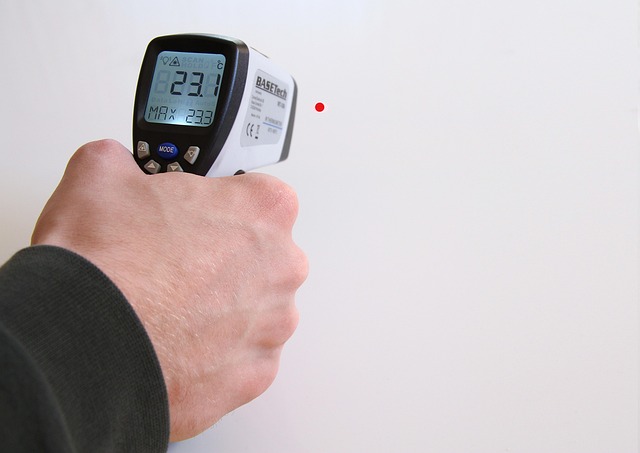The Importance of Color Temperature in Display Technology
When it comes to choosing a TV or monitor, one feature that can dramatically impact your viewing experience is color temperature. This term might seem technical, but understanding the nuances of color temperature can elevate your visual encounters, whether you’re engrossed in a cinematic masterpiece or immersed in an intense gaming session. Let’s explore how mastering this aspect of display technology can lead to vibrant and appealing visual presentations.
What is Color Temperature?
Color temperature refers to the warmth or coolness of light emitted by a display. Measured in Kelvin (K), it indicates how ‘warm’ (yellowish) or ‘cool’ (bluish) the light appears. A lower color temperature (around 2700K–3000K) produces a warm, inviting look, similar to candlelight or incandescent bulbs. In contrast, higher color temperatures (6000K and above) yield cooler, more clinical lighting, akin to daylight. Understanding this balance is crucial; it not only affects aesthetics but can significantly influence mood and perception during viewing.
Why It Matters in TVs and Monitors
For those who frequently consume content on screens, color temperature plays a vital role in the overall experience. If you’re a movie buff, you may prefer warmer tones for a cozy, engaging ambiance. Gamers, however, might lean towards cooler color temperatures for enhanced visibility and contrast, allowing them to react swiftly to fast-paced scenarios. Different screens can drastically vary in their calibration settings, making it essential to know how to adjust color temperature to meet your preferences.
Cool vs. Warm Monitors
As we analyze the relevant display technologies, it becomes clear that the type of monitor significantly dictates the range of color temperatures available. For instance, LED and OLED screens offer extensive color performance, giving users the ability to calibrate their monitors to their liking. While certain professionals, such as graphic designers and photographers, require precise calibration to ensure accurate color reproduction, casual viewers may find joy in tweaking their displays for richer, warmer hues.
Visualization and Its Impact
One of the most compelling aspects of color temperature is its ability to affect visualization. Engaging visuals not only captivate audiences but also evoke emotions. A well-calibrated display can transport you into another world, making you feel a spectrum of emotions. Think about how a sunset looks on your screen; it should mimic the breathtaking natural phenomenon that evokes feelings of tranquility and awe. By mastering color temperature, you can ensure that each scene reflects its intended mood perfectly.
Final Thoughts
Understanding and manipulating color temperature in your TV or monitor can transform your viewing experience. Whether you are watching your favorite series, diving into the latest gaming graphics, or editing a photo, taking the time to calibrate your display can dramatically enhance the visual feast before you. Embrace the science behind display technology, and unlock the magic of truly vibrant visuals!




